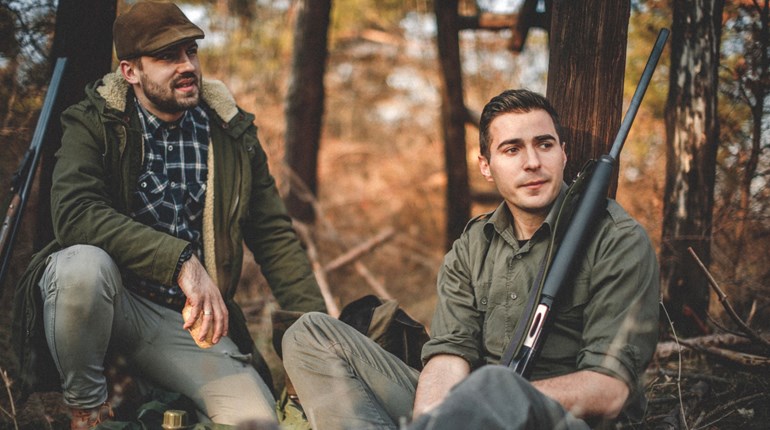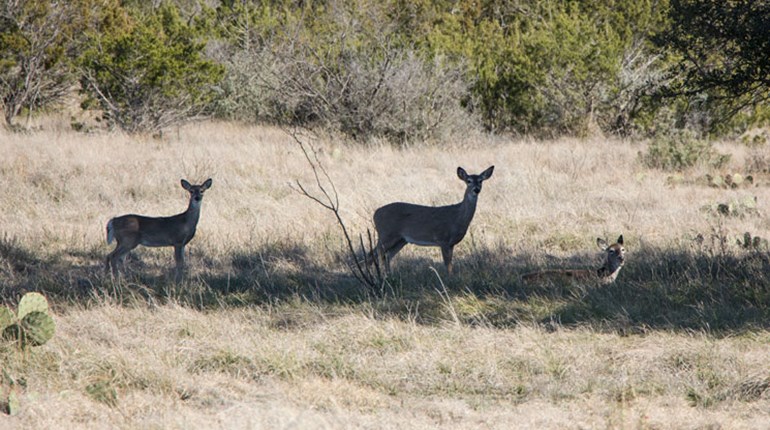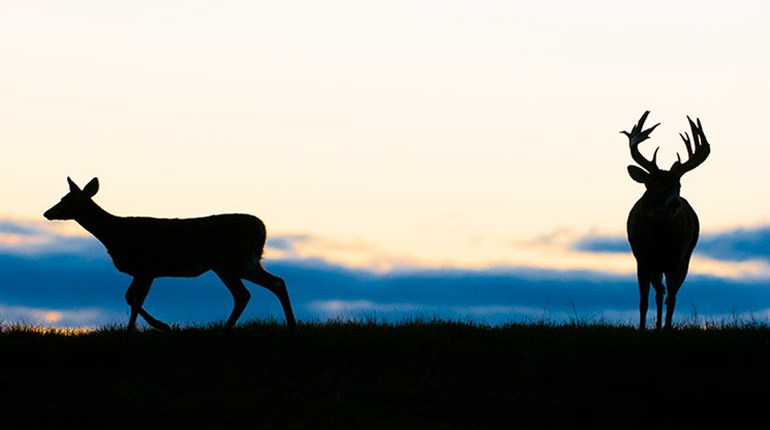
It's officially shed hunting season. As our addiction to this phase of the hunting year grows, so does our need to learn more. Whether it's helping you learn how this process works or throwing out a few tips to help find those trophy sheds, we'll be here to cover it.
First up, Bob Robb gives you a run-down on why deer shed bone each year.
------------------------------
Deer (and other ungulates like elk) shed their antlers every year, then grow a completely new set. This shedding procedure takes up 2-3 weeks to complete, while the regeneration takes an entire summer to complete—before the cycle starts all over again. The whitetail sheds its antlers when his testosterone level decreases. When this occurs a layer of cells, called the osteoclast, cause the base to weaken by absorbing calcium from the antlers. Any amount of pressure or a simple jolt will cause the antlers to drop when in this weakened state.
Bucks shed their antlers between January and April, depending upon many factors including the animal’s age and the latitude at which it lives.
Antlers are made up of a honeycombed bone-like tissue. The mounting points on the heads of deer from which the antlers grow are called pedicles. The antlers break off (shed) from these pedicles. Pedicles appear on a young deer's forehead during his first year. The next year, he will develop small shafts, and by year three the first "branch" will appear. As the deer matures the antlers will lengthen and thicken and often develop additional branches.While in the growth phase, the antlers are covered in a soft membrane referred to as "velvet," a layer of skin that supplies the growing antlers with the nutrients needed to build the bone mass. This velvet contains many substances such as amino acids, minerals, proteins, and Growth Factor-1 (a protein hormone similar in molecular structure to insulin).
The antlers will grow rapidly for 2-4 months. During the summer, higher levels of the male hormone testosterone slows antler growth and the veins and arteries around the velvet constrict and cut off the blood and nutrient supply. The velvet then withers and begins to fall off, a process facilitated by the deer by rubbing his antlers against trees. The whole process is repeated every year for the rest of his life.
Fortunately for the deer, shedding antlers causes them no discomfort.




































